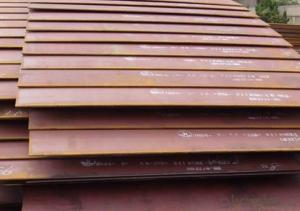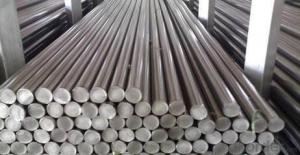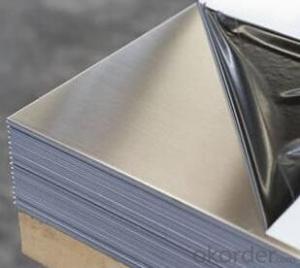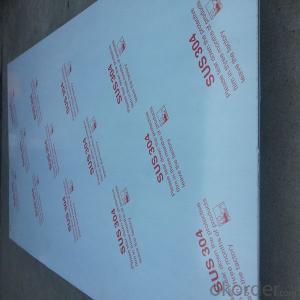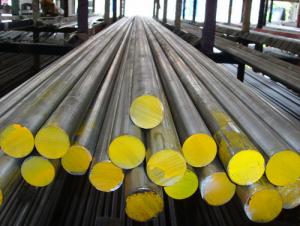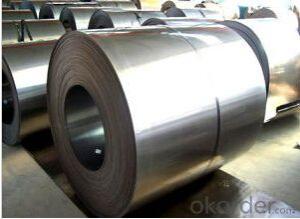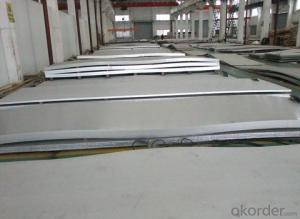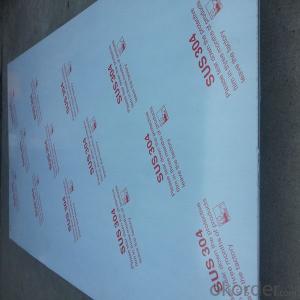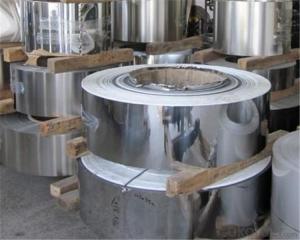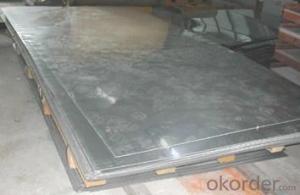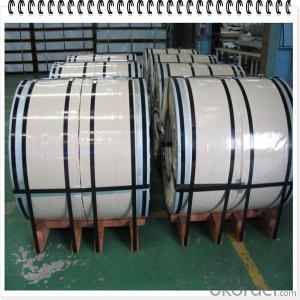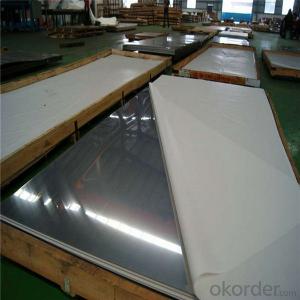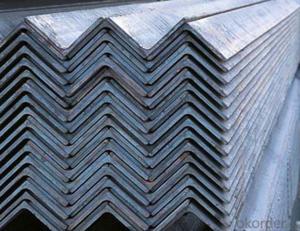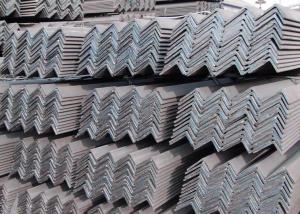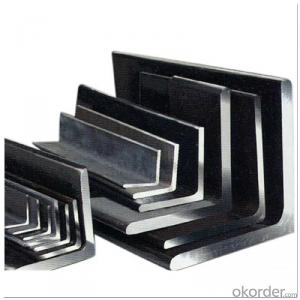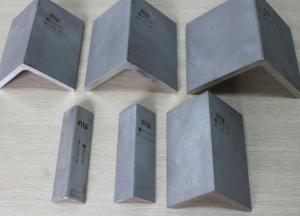304l Stainless Steel Properties
304l Stainless Steel Properties Related Searches
Best Paint For Stainless Steel Blanket Insulation For Steel Buildings Primer For Galvanized Steel Foam Filter For Stainless Steel H S Code For Stainless Steel Surface Grinding Wheels For Stainless Steel Surface Grinding Wheels For Hardened Steel Hole Saw For Stainless Steel Paint For Stainless Steel Stainless Steel For BbqHot Searches
Steel Mesh Panels For Sale Price For Stainless Steel Scrap Scrap Price For Stainless Steel Price For Stainless Steel Stainless Steel Tank For Sale Stainless Steel Sheets For Sale Cheap High Tea Sets For Sale Stainless Steel Tanks For Sale Stainless Steel For Sale High Density Fiberboard For Sale Solar Hot Water Collectors For Sale Scaffolding For Sale In Uae Scaffolding For Sale In Ireland Scaffolding For Sale In Houston Type Of Inverter For Solar Price Of Shipping Containers For Sale Types Of Inverter For Solar Stock Price For Aluminum Used Solar Inverter For Sale Steel Mesh Panels For Sale304l Stainless Steel Properties Supplier & Manufacturer from China
Okorder.com is a professional 304l Stainless Steel Properties supplier & manufacturer, offers integrated one-stop services including real-time quoting and online cargo tracking. We are funded by CNBM Group, a Fortune 500 enterprise and the largest 304l Stainless Steel Properties firm in China.Hot Products
FAQ
- Stainless steel angles perform exceptionally well in coastal environments due to their high resistance to corrosion caused by saltwater exposure. The chromium content in stainless steel creates a protective layer that prevents rust and corrosion, making it an ideal choice for coastal applications where the air contains high levels of salt and moisture.
- Stainless steel angles typically have a non-magnetic property. This is due to the presence of chromium in their composition, which forms a passive layer on the surface of the steel. This passive layer acts as a protective barrier against corrosion and helps to maintain the stainless steel's non-magnetic characteristics. However, it is important to note that stainless steel angles can become slightly magnetic if they are exposed to certain external factors such as high temperatures or mechanical stress. In such cases, the austenitic stainless steel angles may transform into a martensitic structure, resulting in some magnetic properties. Overall, stainless steel angles are generally considered to be non-magnetic materials.
- The average lead time for stainless steel angle orders can vary depending on the supplier and specific requirements, but it typically ranges from a few days to a couple of weeks.
- The weight capacity for stainless steel angles can differ based on several factors, including the angle's dimensions, the grade of stainless steel utilized, and the structural layout. Stainless steel angles are generally recognized for their robustness and ability to bear heavy loads. Nevertheless, it is vital to refer to engineering specifications, manufacturer information, or consult a structural engineer to ascertain the precise weight capacity of a particular stainless steel angle in a specific application.
- Stainless steel angles play a significant role in enhancing earthquake resistance due to their unique properties and design characteristics. Firstly, stainless steel is an alloy that contains chromium, which provides excellent corrosion resistance. This means that stainless steel angles are highly durable and can withstand the adverse effects of environmental factors such as moisture and humidity, which can compromise the structural integrity of other materials over time. By using stainless steel angles in earthquake-resistant structures, the risk of corrosion-induced weaknesses is minimized, ensuring long-term stability and safety. Secondly, stainless steel angles possess exceptional strength-to-weight ratio, which enables them to provide high load-bearing capacity while being relatively lightweight. This is crucial in earthquake resistance as the structure needs to withstand the lateral forces generated during seismic events without excessive weight and bulkiness. This lightweight characteristic allows for the construction of more flexible and responsive structures, which can better absorb and dissipate seismic energy. Furthermore, stainless steel angles can be manufactured with cold-formed or hot-rolled processes, allowing for the production of precise and customizable shapes. This flexibility in design enables architects and engineers to create intricate and efficient seismic-resistant structures. The ability to fabricate stainless steel angles into various geometries, such as L-shaped or T-shaped profiles, allows for the optimal distribution of forces and stresses during an earthquake, enhancing overall structural stability. Lastly, stainless steel angles have an inherent ductility that enables them to deform under extreme loads without fracturing. This ductility is essential in earthquake resistance as it allows the structure to absorb and dissipate seismic energy, reducing the impact on the overall integrity of the building. Stainless steel angles' ability to undergo plastic deformation without compromising their load-bearing capacity significantly enhances the structure's resilience and resistance to earthquakes. In conclusion, stainless steel angles contribute to earthquake resistance through their corrosion resistance, high strength-to-weight ratio, flexibility in design, and inherent ductility. By utilizing stainless steel angles in seismic-resistant structures, engineers can enhance the overall safety and resilience of buildings, ensuring the protection of human lives and minimizing property damage during seismic events.
- Yes, stainless steel angles can be coated with protective films. These films are typically made of materials such as polyethylene or polyvinyl chloride (PVC) and are applied to the surface of the stainless steel angle to provide protection against scratches, abrasion, and other forms of damage during transportation, storage, and installation. The protective films can also help prevent corrosion and oxidation, ensuring the long-term durability and aesthetic appeal of the stainless steel angles. Additionally, these films are easy to apply and remove, making them a convenient solution for protecting stainless steel angles during various stages of the manufacturing and construction processes.
- There are several standard finishes available for stainless steel angles. The most common ones include: 1. Mill finish: This is the standard finish for stainless steel angles straight from the mill. It has a dull, gray appearance and is not very aesthetically pleasing, but it is functional and provides good corrosion resistance. 2. Brushed finish: This finish is achieved by brushing the stainless steel surface with an abrasive material. It creates a uniform and shiny appearance with fine lines running in one direction. Brushed finishes are popular in architectural and decorative applications. 3. Polished finish: This finish involves polishing the stainless steel surface to a high shine. It removes scratches and imperfections, resulting in a mirror-like appearance. Polished finishes are often used in decorative and high-end applications. 4. Satin finish: This finish is similar to a brushed finish but has a smoother and less reflective appearance. It is achieved by using a fine abrasive material to create a soft and matte finish. Satin finishes are commonly used in architectural and industrial applications. 5. Bead blasted finish: In this finish, small glass beads are blasted onto the stainless steel surface under high pressure. It creates a uniform, matte appearance with a slightly rough texture. Bead blasted finishes are often used in applications where a low reflectivity and good grip are required. 6. PVD coating: PVD (Physical Vapor Deposition) is a process that involves depositing a thin layer of a colored material onto the stainless steel surface. This can create a wide range of colors and finishes, including gold, black, bronze, and more. PVD coatings are commonly used in decorative and architectural applications. These are just a few examples of the standard finishes available for stainless steel angles. The choice of finish depends on the desired appearance, functionality, and specific application requirements.
















